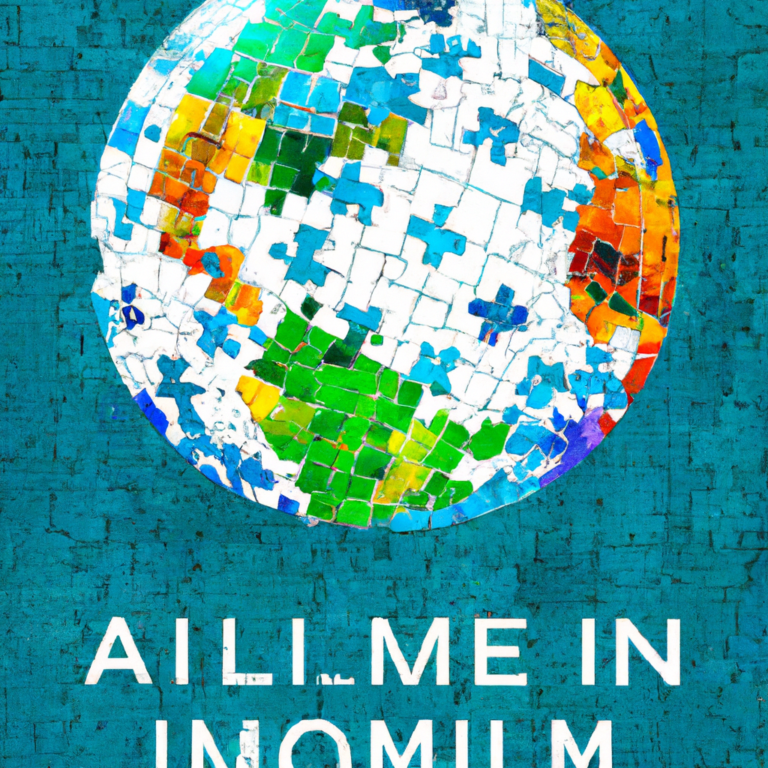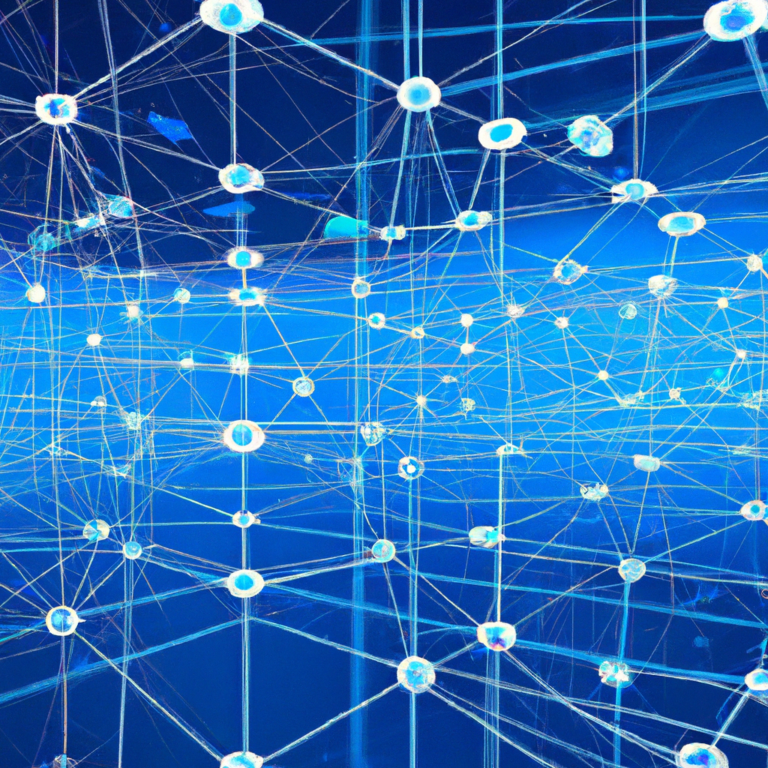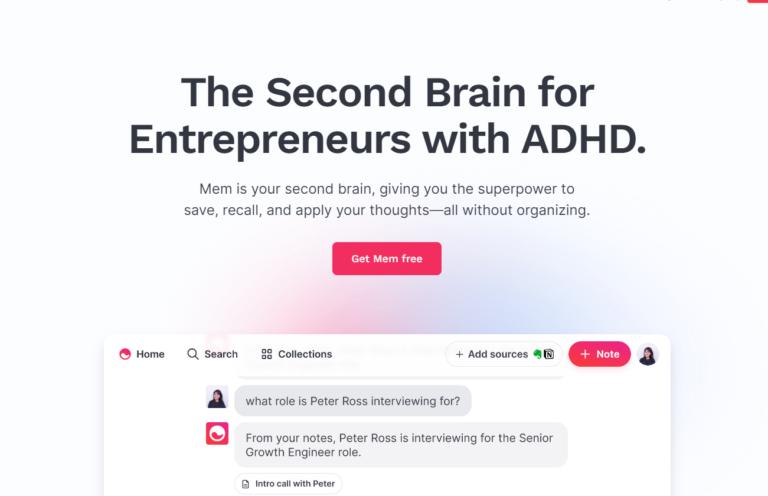
Imagine being able to communicate with people from all over the world, regardless of the language barrier. Thanks to advancements in artificial intelligence (AI), this is now becoming a reality. In this article, you will discover How To Use AI To Translate Languages effortlessly, opening doors to international communication like never before. So, if you’ve ever wondered how to break down the walls of language, prepare to be amazed as we explore the exciting possibilities that AI brings to the world of translation.
Understanding AI Translation
What is AI translation?
AI translation refers to the use of artificial intelligence technologies to automatically translate text or speech from one language to another. It allows individuals and businesses to overcome language barriers and communicate effectively with people who speak different languages. Through the use of machine learning algorithms and neural networks, AI translation systems have the ability to analyze and interpret the meaning of text or speech in one language and convert it into another language.
How does AI translation work?
AI translation works by leveraging algorithms and models that have been trained on vast amounts of multilingual data. These models learn patterns and structures within languages, allowing them to make accurate translations. In the case of text translation, AI systems can analyze phrases, sentences, and entire documents in the source language and then generate equivalent translations in the target language. For speech translation, AI systems transcribe spoken content, analyze it, and generate translations in real-time.
Benefits of AI translation
There are numerous benefits to using AI translation. Firstly, it enables efficient and cost-effective communication with individuals or businesses from different linguistic backgrounds. AI translation systems can instantly generate translations, saving time and effort compared to manual translation. Additionally, AI translation can handle large volumes of text or speech in a short amount of time, making it ideal for businesses with high translation demands. Moreover, AI translation tools can be customized and adapted to specific industries or domains, ensuring accurate and contextually appropriate translations.
Choosing the Right AI Translation Tool
Consider your translation needs
Before selecting an AI translation tool, it is important to assess your translation needs. Determine the volume of text or speech you anticipate translating, the languages you require translations in, and any specific industry or domain terminology that may be relevant. Consider whether you need real-time translation or if batch translation would suffice. By understanding your translation needs, you can choose a tool that best aligns with your requirements.
Evaluate available AI translation tools
There are many AI translation tools available in the market, each with its own set of features and capabilities. Research and evaluate different tools to determine their accuracy, ease of use, and compatibility with your existing systems. Look for tools that have a proven track record of delivering high-quality translations and have positive user reviews.
Compare features and accuracy levels
When evaluating AI translation tools, consider the features they offer and the accuracy levels they claim to achieve. Some tools may have additional features such as text editing, translation memory, or integration with other software applications. Assess whether these features align with your translation needs. Additionally, look for tools that prioritize accuracy and have continuously improved their models through updates and advancements in AI technology.

Preparing Your Text for Translation
Clean and format your text
Before translating your text, it is important to clean and format it appropriately. This involves removing any unnecessary formatting, such as extra spaces or line breaks, that may interfere with the translation process. Ensure that your text is legible and organized, as this will contribute to more accurate translations.
Segment long texts
If you have long texts that need to be translated, it is advisable to segment them into smaller, more manageable chunks. AI translation models often perform better with shorter texts, as they can better capture the nuances and context of each segment. By segmenting your text, you can ensure more accurate and coherent translations.
Consider cultural and linguistic nuances
Translation is not simply a matter of swapping words from one language to another. It is important to consider cultural and linguistic nuances to ensure accurate and culturally appropriate translations. Different languages may have different grammatical structures, idiomatic expressions, and cultural references that need to be taken into account. It is helpful to work with translators or linguistic experts who can provide guidance on these nuances and help shape the translations.
Using AI Translation for Text
Uploading and inputting your text
To use AI translation for text, you typically need to upload or input your text into the translation tool. This can be done through various means, such as copy-pasting the text, uploading a file, or integrating the tool with other software applications. Ensure that your text is error-free and properly prepared before inputting it into the translation tool.
Selecting source and target languages
When using AI translation for text, you need to specify the source language (the language of the text you want to translate) and the target language (the language you want the text to be translated into). Many AI translation tools support a wide range of languages, so you can select the languages that are relevant to your specific translation needs. Double-check that you have correctly selected the appropriate languages to avoid any misinterpretations.
Customizing translation settings
AI translation tools often provide settings that can be customized to suit your preferences. These settings may include options for specific industries or domains, tone of voice, or preferred style of translation. Take advantage of these customization options to ensure that the translations align with your desired output. Experiment with different settings to find the best configuration for your needs.
Using AI Translation for Speech
Transcribing the spoken content
When using AI translation for speech, the first step is to transcribe the spoken content. This can be done by recording the speech and uploading it to the translation tool, or by using a speech-to-text feature integrated within the tool itself. Ensure that the spoken content is clear and free from background noise to improve transcription accuracy.
Selecting the source and target languages
Similar to text translation, you need to specify the source language (the language spoken in the audio) and the target language (the language you want the speech to be translated into) when using AI translation for speech. Ensure that you have chosen the correct languages to ensure accurate translations.
Improving accuracy and clarity
To improve the accuracy and clarity of AI translations for speech, it is important to enunciate clearly and speak at a moderate pace. Avoid speaking too quickly or mumbling, as this may result in less accurate transcriptions and translations. Additionally, ensure that the audio quality is optimal to minimize background noise interference.
Evaluating and Refining AI Translations
Reviewing and proofreading translations
After using AI translation, it is essential to review and proofread the translations to ensure accuracy and correct any errors. While AI translation tools are highly advanced, they can still produce occasional inaccuracies or incorrect translations. Comb through the translations to identify any issues and make the necessary corrections.
Collecting feedback from users
Feedback from users is invaluable in assessing the quality and effectiveness of AI translations. Encourage users to provide feedback on the translations they receive and any areas that need improvement. Use this feedback to refine and fine-tune the AI translation system, ensuring continuous improvement in future translations.
Leveraging AI for continuous improvement
AI translation systems can learn and improve over time through a process called machine learning. By analyzing user feedback and continuously updating the models, AI translation tools can refine their translations and become more accurate over time. Take advantage of these ongoing improvements to ensure that your translations keep up with the latest advancements in AI technology.
Ensuring Privacy and Security
Understanding data privacy policies
When using AI translation tools, it is crucial to understand the data privacy policies of the tool provider. Ensure that the tool complies with data protection regulations and takes measures to protect your data. Carefully review the privacy policies to understand how your data is collected, stored, and used.
Encrypting sensitive information
If you are translating sensitive information, such as confidential business documents or personal data, it is important to take extra precautions to ensure its security. Look for AI translation tools that offer encryption options to protect your sensitive information during the translation process. This adds an extra layer of security and ensures that your data remains confidential.
Being cautious with sensitive content
While AI translation tools are powerful and efficient, it is important to exercise caution when translating sensitive content. AI algorithms may not always fully understand the context or intricacies of sensitive information, potentially leading to incorrect translations or the accidental disclosure of confidential information. Whenever possible, consult with human translators or subject matter experts to ensure accurate and secure translations of sensitive content.
Challenges and Limitations of AI Translation
Handling complex and idiomatic expressions
AI translation systems may struggle with handling complex or idiomatic expressions, as these often require a deep understanding of the cultural and linguistic nuances of a language. While AI systems have made significant advancements in capturing context, there are still limitations in accurately translating these expressions. Human translators or linguistic experts can provide valuable assistance in resolving these challenges.
Maintaining tone and context accuracy
AI translation systems may occasionally struggle to maintain the tone and context accuracy of translations. Certain nuances, humor, or cultural references may not be adequately conveyed by AI systems, resulting in translations that feel unnatural or lose their intended meaning. Human translators, especially those familiar with the cultural intricacies of both languages, can help ensure that the tone and context of the translations are preserved.
Translation errors and biases
Despite significant improvements in AI translation, errors and biases can still occur. AI systems may produce incorrect translations due to limitations in the training data or complexities within certain languages. Biases present in the training data can also manifest in the translations, potentially perpetuating stereotypes or misunderstandings. Regularly review and refine translations to minimize such errors and biases, and consider combining AI with human translation for a more robust approach.
Combining AI with Human Translation
Leveraging AI for initial translation
One effective approach to translation is to use AI for the initial translation and then have human translators review and refine the output. AI can quickly generate translations, allowing human translators to focus on fine-tuning and verifying accuracy. This combination of AI and human translation ensures both efficiency and high-quality translations.
Employing human translators for review
Human translators play a critical role in reviewing and refining translations generated by AI. They have linguistic expertise, cultural understanding, and subject matter knowledge that complement the capabilities of AI. Human translators can catch nuances, idiomatic expressions, and context-specific details that may be missed by AI systems, resulting in more accurate and contextually appropriate translations.
Utilizing hybrid translation workflows
Hybrid translation workflows, where AI and human translation are used in tandem, offer the benefits of both approaches. AI can handle large volumes of text, provide a fast turnaround, and reduce costs, while human translators can ensure high-quality translations that capture the subtle nuances of languages. Organizations can tailor their translation workflows to strike the right balance between efficiency and quality.
Keeping Up with AI Translation Advancements
Staying informed about AI developments
To stay up to date with the latest advancements in AI translation, it is important to stay informed about current developments and research in the field. Follow industry publications, research papers, and reputable websites to gain insights into new models, techniques, and use cases. Continuous learning and staying informed will help you make informed decisions when choosing and using AI translation tools.
Exploring new AI translation technologies
As AI translation technology evolves rapidly, it is worth exploring new tools and technologies that emerge in the market. Keep an eye out for advancements such as neural machine translation, natural language processing, and improved language models. Experimenting with new tools can uncover innovative solutions and enhance your translation capabilities.
Attending conferences and seminars
Attending conferences, seminars, or webinars related to AI and translation can provide valuable networking opportunities and insights into industry trends. Expert speakers and panel discussions at these events can offer perspectives on the latest developments and best practices in AI translation. Engaging with professionals in the field can help you broaden your knowledge and identify potential areas for improvement in your translation workflows.
In summary, AI translation has revolutionized the way we overcome language barriers and communicate across different languages. Understanding the basics of AI translation, choosing the right tool, and properly preparing your text or speech are crucial steps in achieving accurate and contextually appropriate translations. Evaluating and refining translations, ensuring privacy and security, and being aware of the limitations and challenges of AI translation are essential for achieving high-quality translations. By combining the strengths of AI and human translation, and staying informed about advancements in the field, organizations can effectively utilize AI translation and enhance their language translation capabilities.






